कस्तो मजा है ले लैईमा, रमयलो ऊ काली ओराली
[How much fun it is when the train goes up & down on the tracks]
If you have seen this song sequence from Parineeta, I need not explain to you, the breezy feeling that it brings to the mind. The protagonist daydreams about his ladylove while a bunch of chubby children sing in delight as the train chugs up and down the terrain through breathtaking scenery.
This vision of the Darjeeling Toy Train (formally known as the Darjeeling Himalayan Railway) had stayed for more than a decade now, surpassing even the iconic ‘Mere Sapno ki Rani’; and a dream to travel on that train someday. While making plans for Darjeeling, this was one of the most important To-Dos to be checked on this trip.
History
Commissioned by Eastern Bengal Railway Company between 1879 and 1881, the Darjeeling Himalayan Railway (DHR) is a 78 KM long narrow gauge railway from Siliguri to Darjeeling. At first, it was thought of as a steam powered tramway along a horse cart road going up to the Darjeeling market with the Darjeeling Steam Tramway Company coming into existence in 1881. Tracks were laid along and it took good amount of innovation to make sure that the difficult terrain was made navigable.
On 4th July 1881, the first steam engine rolled proudly in Darjeeling, marking the completion of one the greatest engineering marvels of its time. The private ownership of DHR, and a lot of its colonial glory, ended with Independence when it was acquired by the Government of India and became a part of the Northeast Frontier Railway (NFR). It was conferred a UNESCO World Heritage Status in 1999.
Today, the DHR owes its existence to the vision of one man – Franklin Prestage, the founder of DHR who believed that such a feat was possible; and had the perseverance to bring the idea to reality.
Planning
At the time of our visit, the train route from Siliguri to Darjeeling was under maintenance so we had chosen to take a cab. However, this did not mean that one would miss a chance to experience the joys of the toy train. DHR runs sightseeing trips specially meant as Joyrides for the tourists, starting from Darjeeling, going until Ghum and then back. It is a 14 km journey and takes about 2 hours to negotiate.
The DHR trains are of two categories – ones with the traditional steam engines and the newer, and faster, Diesel engines. There are 18 trips scheduled through the day, starting from 7:40 am in the morning until the last one that leave at 4:20 pm [Schedule]. Tickets can be booked at the booking counter, or online at the IRCTC website, you have to choose DJRZ as both source and destination. The ticket prices for the Steam engine driven trains are higher. Since we wanted to have an authentic feel, we opted for a steam train in the morning.
The Joyride
Sometime before 9:20 AM, the primed up steam engine drove down from the yard and attached to our train, surrounded by a sizeable crowd of onlookers – mostly tourists. A woman attendant motioned us to get inside our compartment, and with a loud ‘chug, chug, chug’, our joy ride started.
A tip if you are travelling on the toy-train – try to occupy a seat on the right side, otherwise you may be missing many beautiful scene of the morning. We were sitting on the left side and as long as the train was within the municipal limits, there was not much to see except walls and ill designed homes. The real fun started once we got out of the town and started towards Ghum.
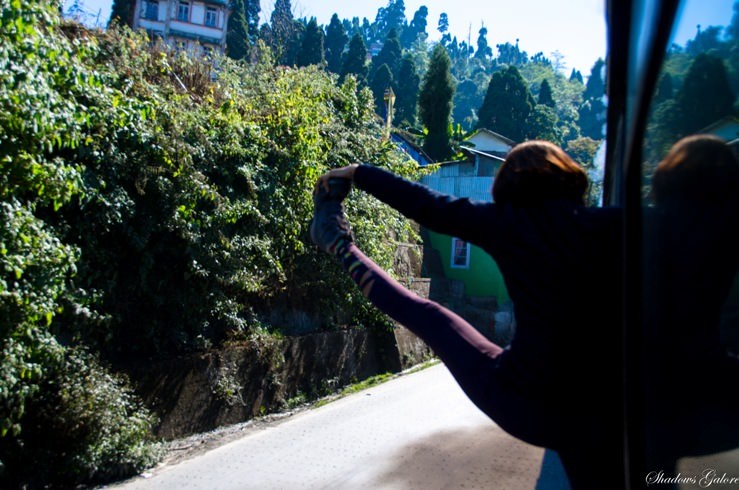
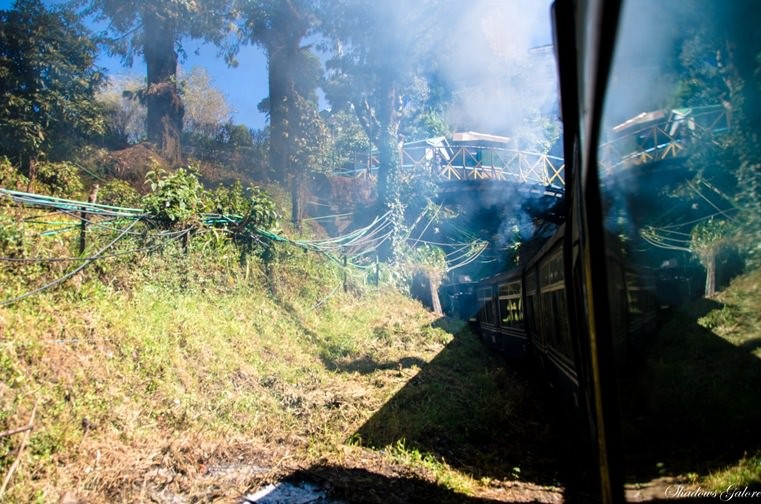
Batasia Loop
Batasia Loop is a significant point during the joy ride and was borne out of an engineering necessity to enable the trains to negotiate steep gradient. It enables the train to come up/ and down a height of about 140 feet by going in a large spiral loop.
It is a beautiful place, providing a 360 degree view of beautifully laid out gardens, a war memorial and the snow clad mountains at a distance. The train stops here for a few minutes to catch its breath and let the tourists soak in the beauty of the surroundings. Even when it is running, you can climb down and walk along the train (sometimes faster than the train) as it navigates it way through the loop.
We got down the train when it stopped at the loop to take photographs and enjoy the scenery and walked in the garden. The memorial was built in 1995 to remember the sacrifice of the Gurkha soldiers who sacrificed their lives defending India in various wars since independence.
Ghum
Ghum is the highest railway station in the world, standing at 7400 feet, and just being there is an achievement in itself. Apart from this distinction, we found it to be much beautiful that the Darjeeling railway station (which was rebuilt, quite unimaginatively during the Socialist era), and still exudes a colonial charm.
Right next to the Ghum Railway station is the DHR Musuem. One has to cross the tracks and enter through a gate which holds a collection of old steam engines, including DHR’s oldest engine Baby Sivak (1881 vintage), and then go up the stairs to the museum, which is actually over the railway station itself. The museum has a nice collection of artifacts of the DHR and some rare photographs.
One problem that we faced with the steam engine was the loud noise that it makes, even more than the smoke and coal particles flying in the air. Once the engine was not able to climb up an incline and was rammed-pushed by another train (diesel) from behind. However, the overall feel is so lovely that on any given day, we will choose the steam engine if we have to.
The return journey was uneventful, though we got a chance to sit on the other side and take photographs. We were back to Darjeeling by 12:00 noon, ready for another walk to the mall.

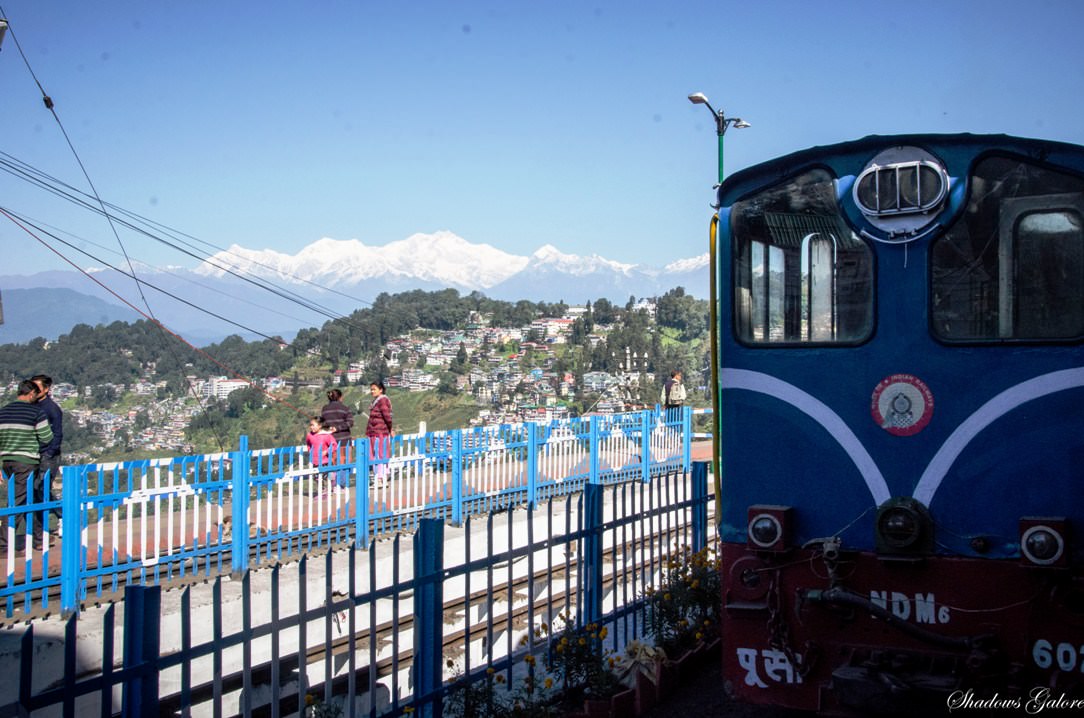
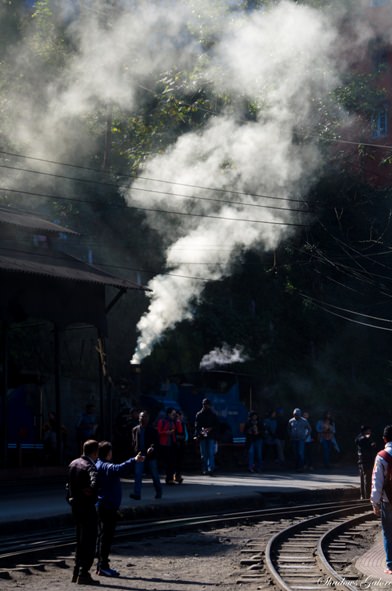
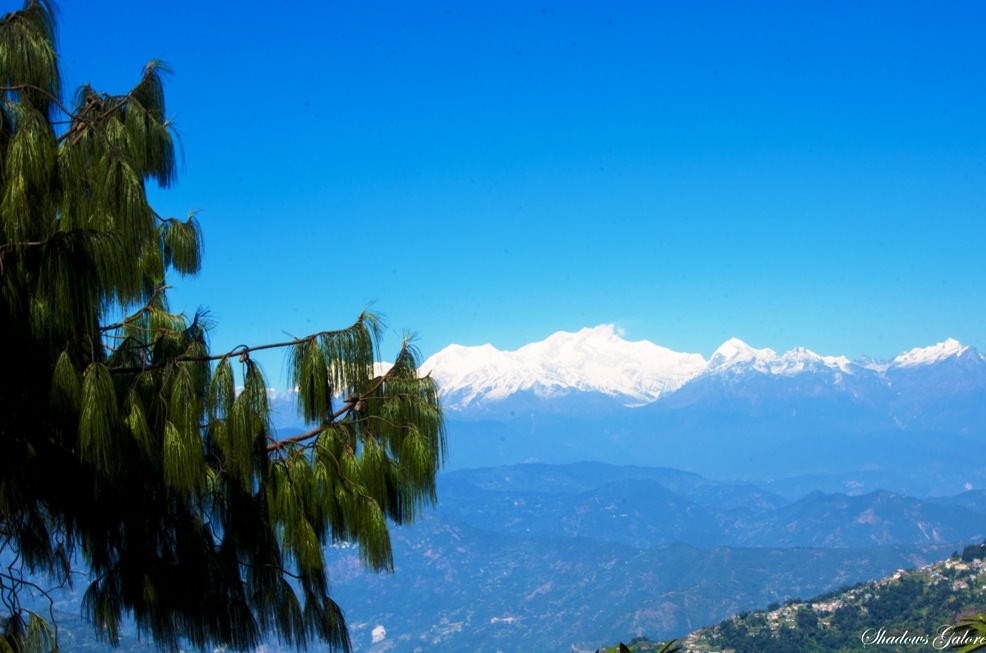
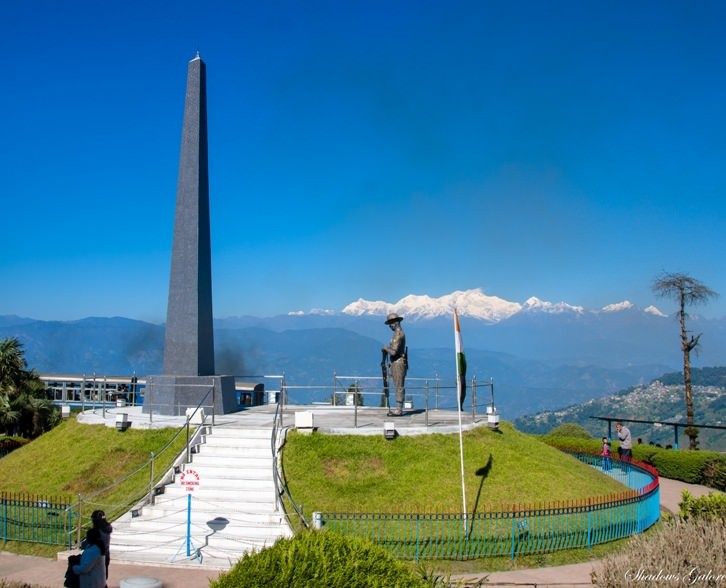
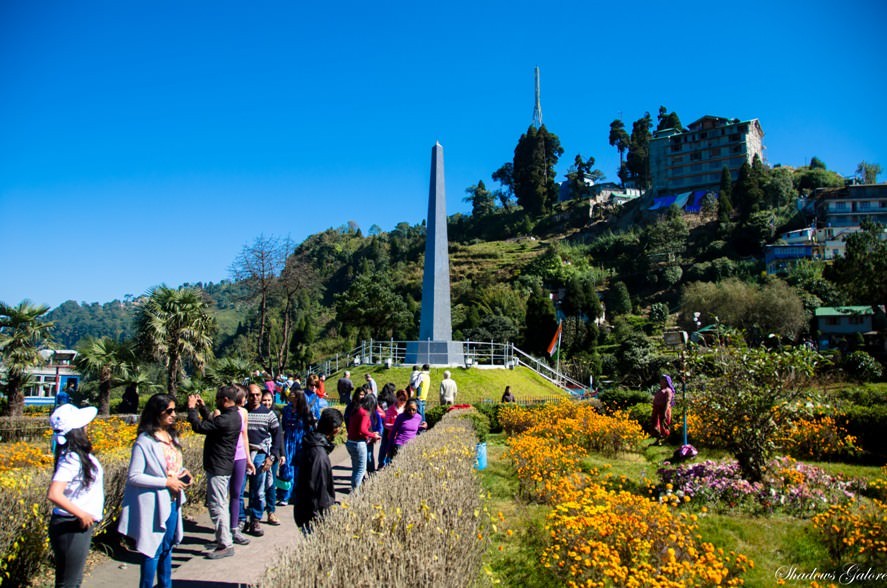
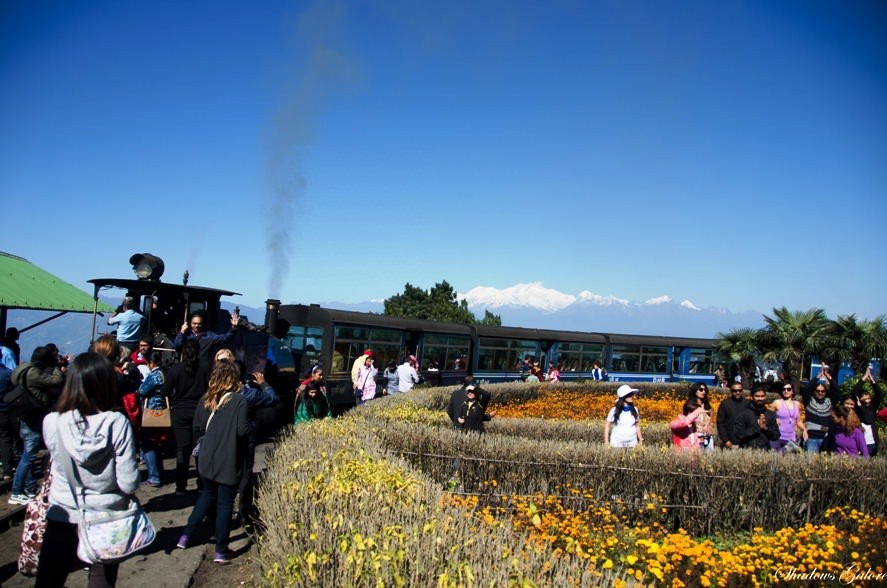
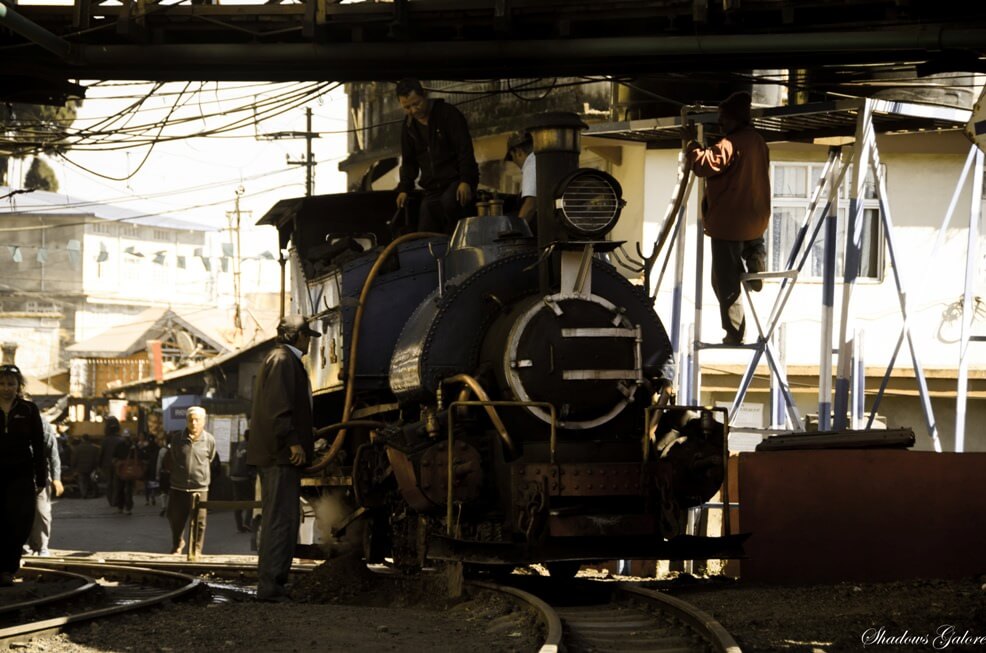
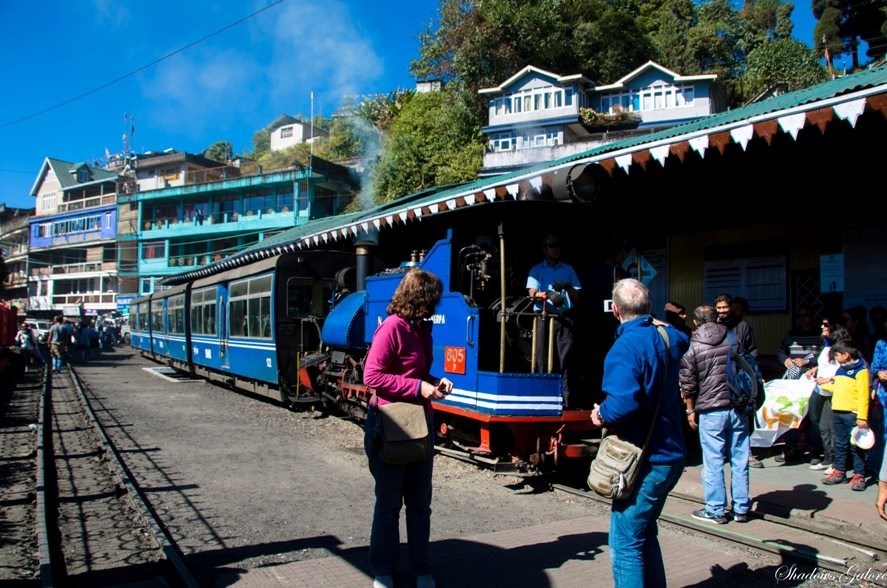
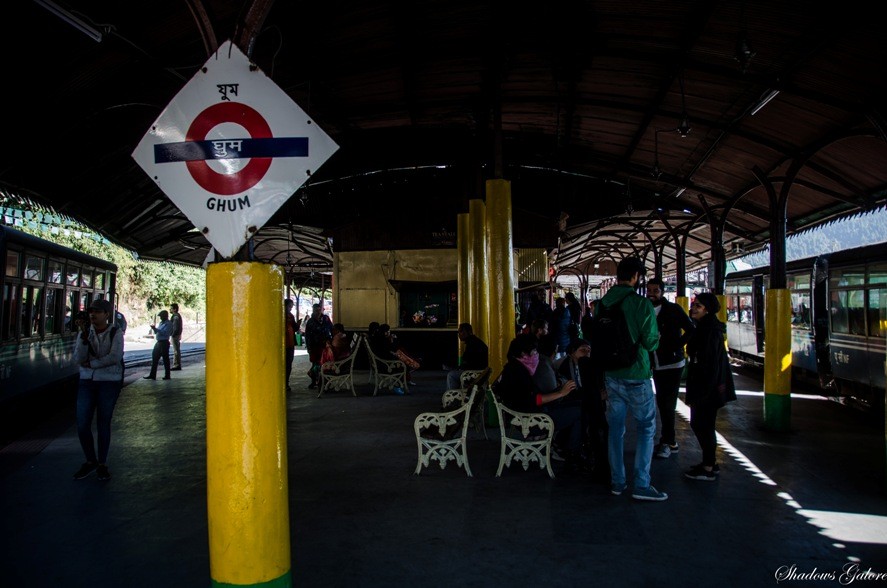
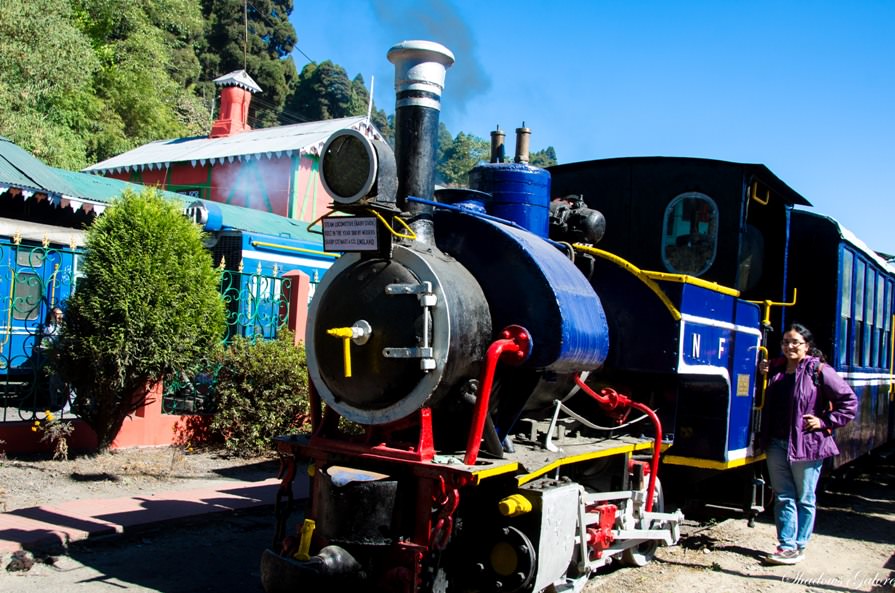
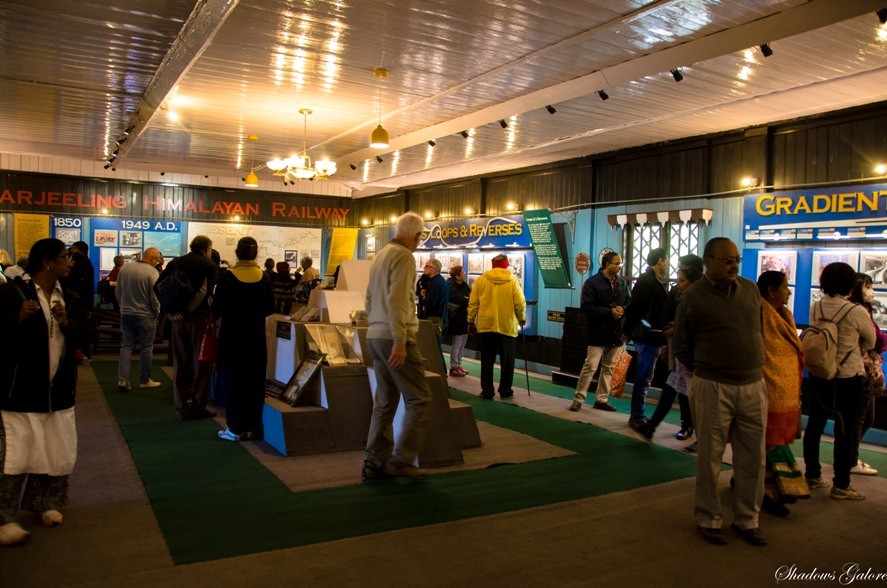
Great to read about Darjeeling Himalayan Railway.
Beautiful photos.